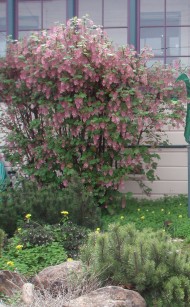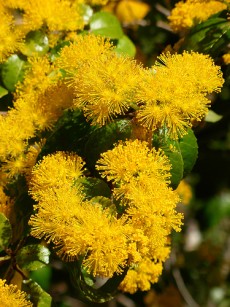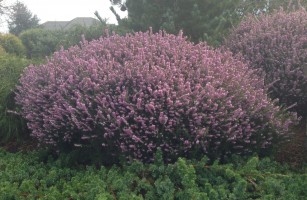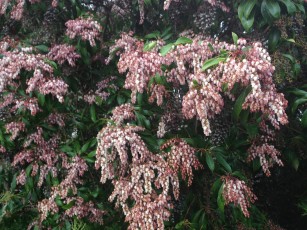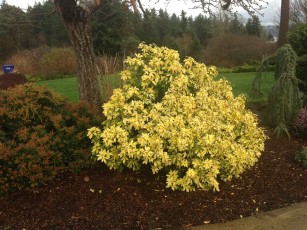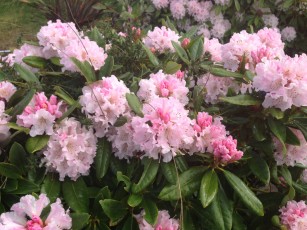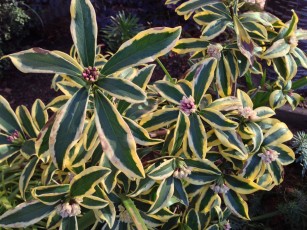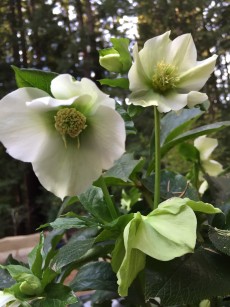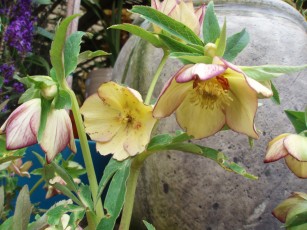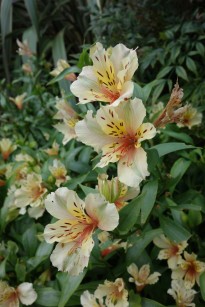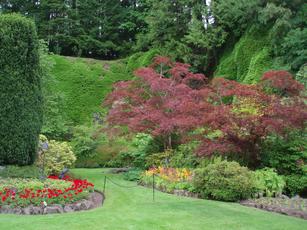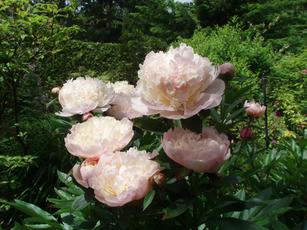Maybe our gardens in California should never have looked like a Monet painting filled with layer upon layer of water thirsty perennials and lush green lawns big enough for a soccer match. Because we were first settled by Easterners who could grow these plants with natural rainfall I?m going to give us a pass. It wasn?t our fault. But now we are wiser and smarter. We may have been kicking and screaming at first but all us us now accept that water is limited and we need to use it wisely.
That doesn?t mean, however, that we have to live in graveled yards with no landscaping. Our goal should be to figure out what the new California landscape should realistically look like and plant accordingly. We can still be surrounded by green and silver foliage and colorful flowers that look lush without breaking our water budget.
Look outside the old box and discover a whole new plant palette and a way of gardening that works for all of us.
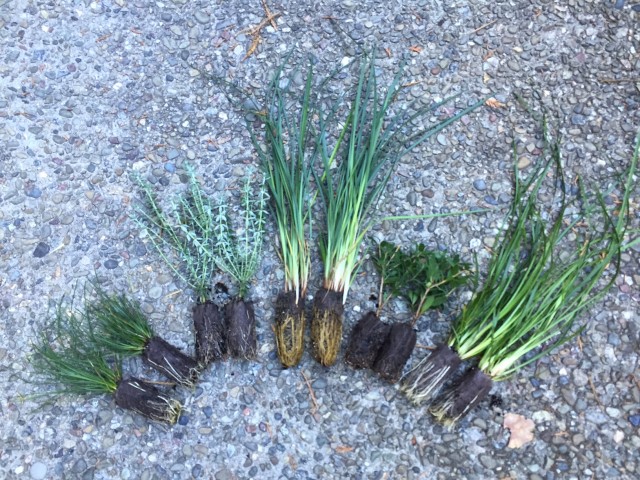
Recently in the mail, I received a collection of low water use, low maintenance plants native to Australia. I plan to trial the small plugs in my own garden but I know already that they are going to be winners. I have seen a couple of them at the wholesale nurseries. Others are improved selections of known tough, drought tolerant plants. They are well suited to our Mediterranean climate, easy to grow in well drained soils and hardy in winter. I?m looking forward to a time when they are available in local nurseries. In the meantime, I plan to specify them where appropriate in future landscape designs.
I?m excited about all 5 varieties of plants I received. Three are grass-like and the other two are compact versions of well known shrubs.
You might be familiar with the compact bottlebrush ?Little John?. Breeders now have come up with a new improved version called Callistemon ?Better John? because of its vigorous growth and dense blue-gray foliage. This 3 foot tall by 3 feet wide shrub is easy to grow, quick to establish and is long lived in the landscape. Hummingbirds love the 4-6 inch long red flowers during the spring.
The other shrub variety I am going to test is Westringia ?Grey Box?.? Westringia are deer resistant and very drought tolerant once established and ?Wynabbie Gem? and ?Morning Light? have been popular for years for this reason. Grey Box is a new dwarf form with beautiful grayish-green foliage. It doesn?t need pruning to keep it at 3 feet tall and wide. From late winter to summer, white quarter-sized flowers appear in small clusters along the stems. I?m anxious to grow this shrub myself.
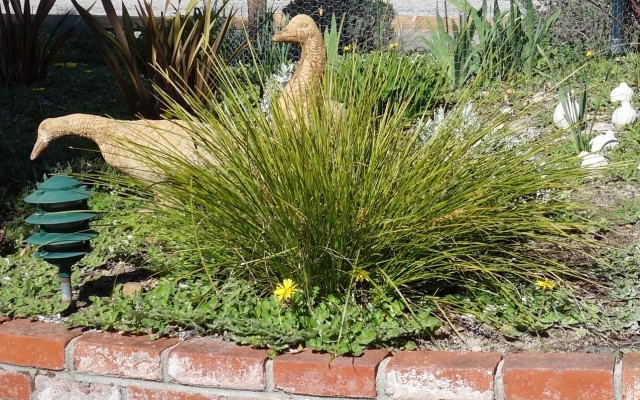
A couple of the grass-like plant plugs I received are an favorite of mine. I?ve seen lomandra ?Breeze? growing in heavy shade and also in sun. Deer don?t like it and it looks great with little water. Now there?s a new cultivar called ?Baby Breeze’ which stays at a graceful 18 inches tall. If you want the look of a short grass with no maintenance Lomandra is the new go-to plant. It even has yellow-orange tiny flower spikes in late spring.
Lomandra ?Katrinus Deluxe? is the other selection I?m going to grow out. It?s extremely drought tolerant, very shade tolerant, cold and heat tolerant and deer resistant also. It looks like an ornamental grass but you don?t have to cut it back in winter. It?s evergreen even when temperatures drop into the teens.
Dianella ?Little Rev’ is the last plant I?m looking forward to growing. This flax lily has an weeping architectural habit. It?s a very tough and drought tolerant grass-like plant good for erosion control as well as planting on it?s own or in groups. In spring it blooms with masses of small dark violet flowers. This is a clumping plant for full sun to partial shade that slowly spreads by rhizomes. As with the others this plant also is low maintenance and requires little water once established.
I?ll keep you posted as I discover new plants for our changing times and changing gardens.

